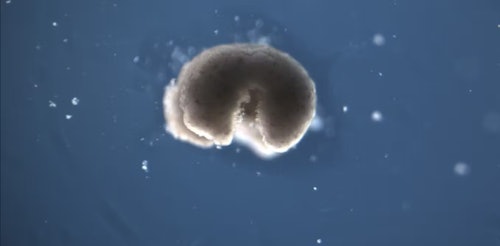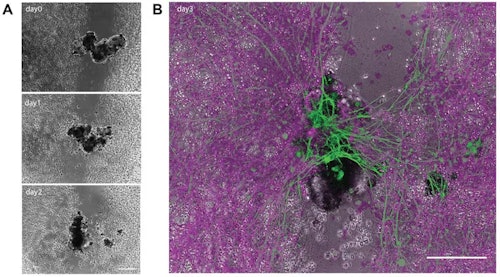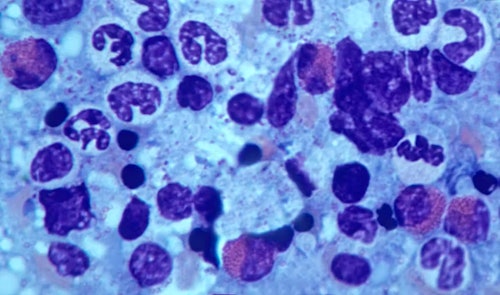Researchers Study Life After Death — And It Gets Weirder
That which transcends the conventional limits of living and dying.
The fact that organs, tissues, and cells can remain functional after an organism's passing, as seen in practices like organ donation, suggests that some mechanism must be at play, allowing cells to keep working even after the organism is deceased, bringing up the question of what enables certain cells to continue functioning after death.
What happens when our consciousness ceases to exist? Do we truly disappear into nothingness, or is there a possibility of experiencing life after death? Consider the possibility that consciousness could continue to evolve and become gateways to new forms of life and existence. Some theoretical perspectives even suggest that our consciousness could merge with artificially intelligent systems, blurring the lines between life, death, and digital existence.
The cycle of existence, from birth to demise, and the transformation into something fresh and original.
These features are not classified as part of a third state because they are not evolving or adding new operations.

These organisms demonstrated behaviors that went far beyond their usual biological functions. They accomplished getting around and moving through their environment, making use of their cilia, which are small hair-like structures, whereas in living frog embryos, cilia are typically used to move mucus.
They can physically replicate their structure and function without the need for growth, unlike more common replication processes that occur internally or externally on the organism itself.
They are functioning differently and are able to adapt in new ways. Capable not only of navigating their space but also of fixing both their own injuries and those of nearby neuron cells.
These studies show that cells and organisms can develop and adapt in ways that go beyond their predetermined tendencies. The third finding implies that death, as a process, may have a substantial influence on the evolution of life over time.

Postmortem conditions
We're examining whether certain cells and tissues can persist and operate beyond the point of an organism's death, influenced by external circumstances, cellular metabolic processes, and methods used for conservation.
A biological tissue can be preserved for a month or so after death.
Enabled tissues like bone marrow from samples to behave similarly to sources from living donors.
Seriously impact the health and survival of cells and tissue.

Researchers are trying to figure out why islet transplants, which involve transplanting cells from the pancreas, originally responsible for making insulin, from donors to patients, have often failed. They think it might be due to:
1. autoimmune responses
2. high energy loss
and
3. a breakdown of the body's natural protective systems.
These channels and pumps create electrical signals that enable cells to communicate with one another and perform particular actions, like growth and movement, ultimately molding the organism's structure.
suggesting as a possibility that various cell types could undergo widespread transformation.
Exploring the Connections between Biology and Medicinal Sciences
The introduction of a new state of cellular adaptation not only reveals the potential for cellular flexibility, but it also presents opportunities for the development of new medical treatments.
Intended to deliver drugs directly to living tissue, these engineered microscopic robots could safely help individuals without triggering their immune systems. Anthrobots could potentially break down growths in the arteries of patients with atherosclerosis, and remove excessive mucus from the lungs of those with cystic fibrosis.
This "kill switch" stops the growth of potentially invasive cells.
A deeper comprehension of how certain cells continue to operate and transform into complex entities with multiple cells even after an organism's death may lead to improvements in personalized medical care and interventions aimed at preventing disease.
This article was originally published on a different platform and is being shared here. The Conversation .

Post a Comment for "Researchers Study Life After Death — And It Gets Weirder"